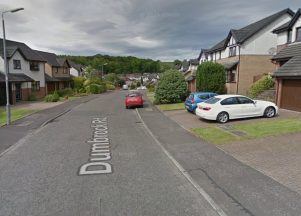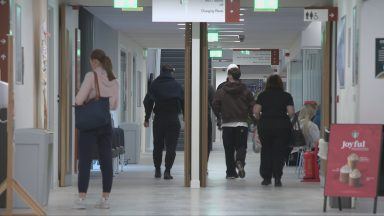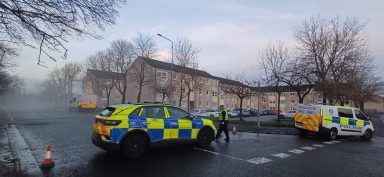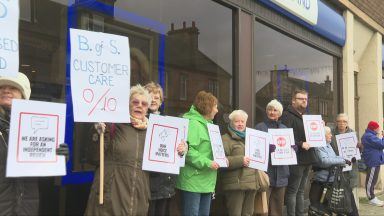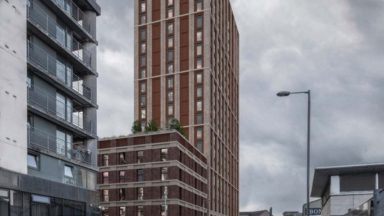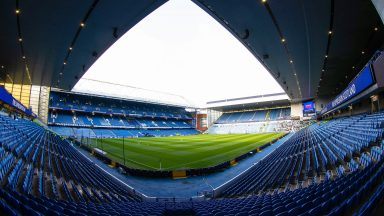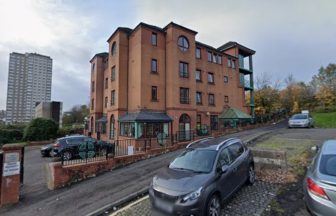Glasgow, a city renowned for its rich architectural legacy, is struggling with the costs of maintaining and restoring its historic buildings.
Home to some of the finest examples of architecture by figures such as Alexander “Greek” Thomson and Charles Rennie Mackintosh, the city’s streets are filled with works that tell the story of its industrial and cultural past.
The St Vincent Street Church, designed by Greek Thomson, is considered one of the last great Thomson works still standing and is recognised by the World Monument Fund.
Norry Wilson, the founder of history page Lost Glasgow, warns the city is at risk of losing the heritage site.
Speaking to STV News, he said: “Thomson built all over Glasgow, building magnificent tenements, churches and public buildings.
“This is the last of Thomson’s absolutely great churches, and if we are to lose this on our watch, future generations wouldn’t be very kind to us.
“Glasgow’s problem is two-fold. We are too poor just now, but we were once so rich – so we had this huge inheritance of Georgian and Victorian architecture which we now cannot afford to maintain.”
The church is among 68 significant buildings, including the Elder Park farm and Kings Park courtyard, which have been identified as being at risk.
Many of these buildings now face an uncertain future due to financial constraints and the difficulty of preserving buildings that are often in urgent need of repair.
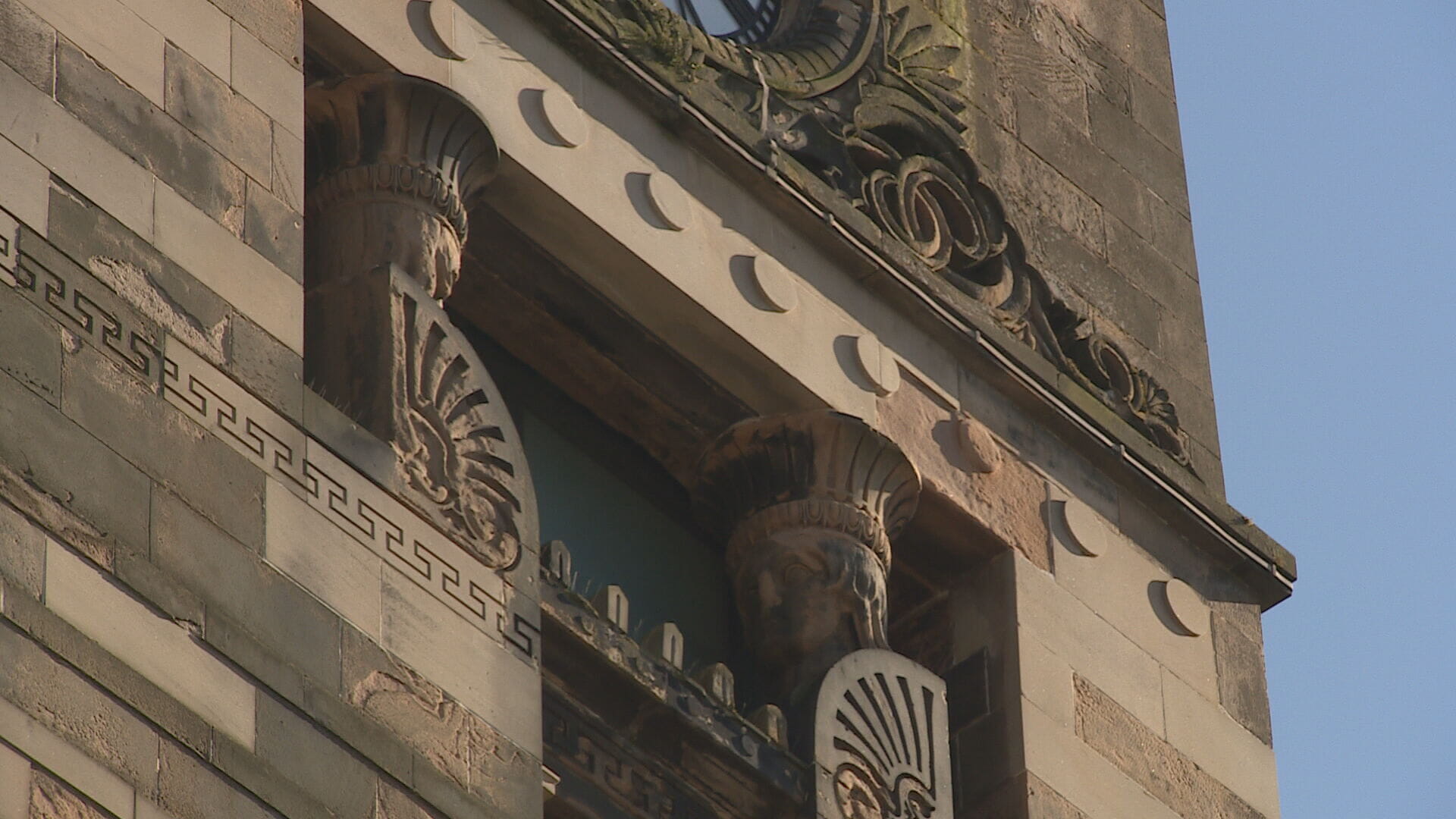 STV News
STV NewsLilly Erskine, senior associate at civil engineering firm Narro, said: “It’s hugely important that Glasgow keeps its built heritage. It’s a city whose identity is founded in its links to industry and to the arts and all of that is shown in the buildings around us.
“There is very rarely a need for a building to be pulled down. There is almost always a way to save them from a structural perspective.
“We can repair them, we can hold them up. Bar making them float, we can do anything. But it’s often the financial implications that get in the way.”
The city council acknowledges it is urgently looking to secure investment and in turn refurbishment or re-development, with a view to be used by the community, public or private sector.
However, if no other options are viable, there is a warning that some of the sites listed, and others, face partial or full demolition.
Councillor Ruari Kelly said more than £250m has been spent on “protecting and developing” built heritage over the last few years.
“Finding a new use that gives these buildings a new lease of life is the most practical way forward,” he added.
“As much as people want to see modern, all-singing, all-dancing buildings, they want to see the heritage protected. They want to see old buildings and the character of the city, they don’t want that to disappear.”
One avenue being explored is the equalisation of VAT.
Developers are currently charged 20% VAT on the construction and repair of commercial buildings.
However, converting commercial properties to homes incurs just a 5% rate.
If residential property is built on vacant land, no VAT is paid at all.
Council chiefs have written to the Chancellor of the Exchequer asking if something can be done to even out those rates.
They are also advocating for empty premises to be converted from retail to residential in an attempt to encourage people back into a city centre vacated by two Covid lockdowns.
Kelly said: “We have written to both governments and had responses from both. Whilst we haven’t sorted anything yet, the door wasn’t closed in our face.
“They were open to discussions to see how we can all work together to protect heritage in Glasgow and get development going.
“If Glasgow is to be a pilot city in the way this could work, we are more than happy to blaze a trail and show the way for other cities as well, all we need is that agreement from the UK and Scottish Governments.”
 STV News
STV NewsExperts in designing and restoring significant historic buildings agree that VAT is a significant barrier to entry.
There have been some cases elsewhere where a developer has removed and retained a building’s façade and beauty – only to completely rip out its carcass and build a brand new structure, before carefully reassembling its front.
Melanie Hay, director of conservation architects Hamilton Hay Van Jonker, says projects must be both economically and environmentally sustainable.
“Development has to be economically viable – you can look at buildings that are beyond the point of no return, and people just don’t want to invest in them, so it’s striking that balance.
“Fifteen years ago, you didn’t pay VAT on a refurbishment project, now you’re paying 20%, so that can really stagnate the market. So things at a national level can be done to instigate development there.”
The Scottish Government’s housing strategy, Housing to 2040, notes that reductions in VAT on household repairs would encourage home renovation and improve existing housing stock.
A Scottish Government spokesperson said: “The Scottish Government has pressed the UK Government – which is responsible for VAT – to tackle the challenge of decarbonising and retrofitting existing buildings. This would help to reduce emissions, preserve our architectural heritage and regenerate communities.
“The imbalance needs to be addressed to encourage projects which retain existing buildings, instead of demolition and rebuild.”
Follow STV News on WhatsApp
Scan the QR code on your mobile device for all the latest news from around the country










